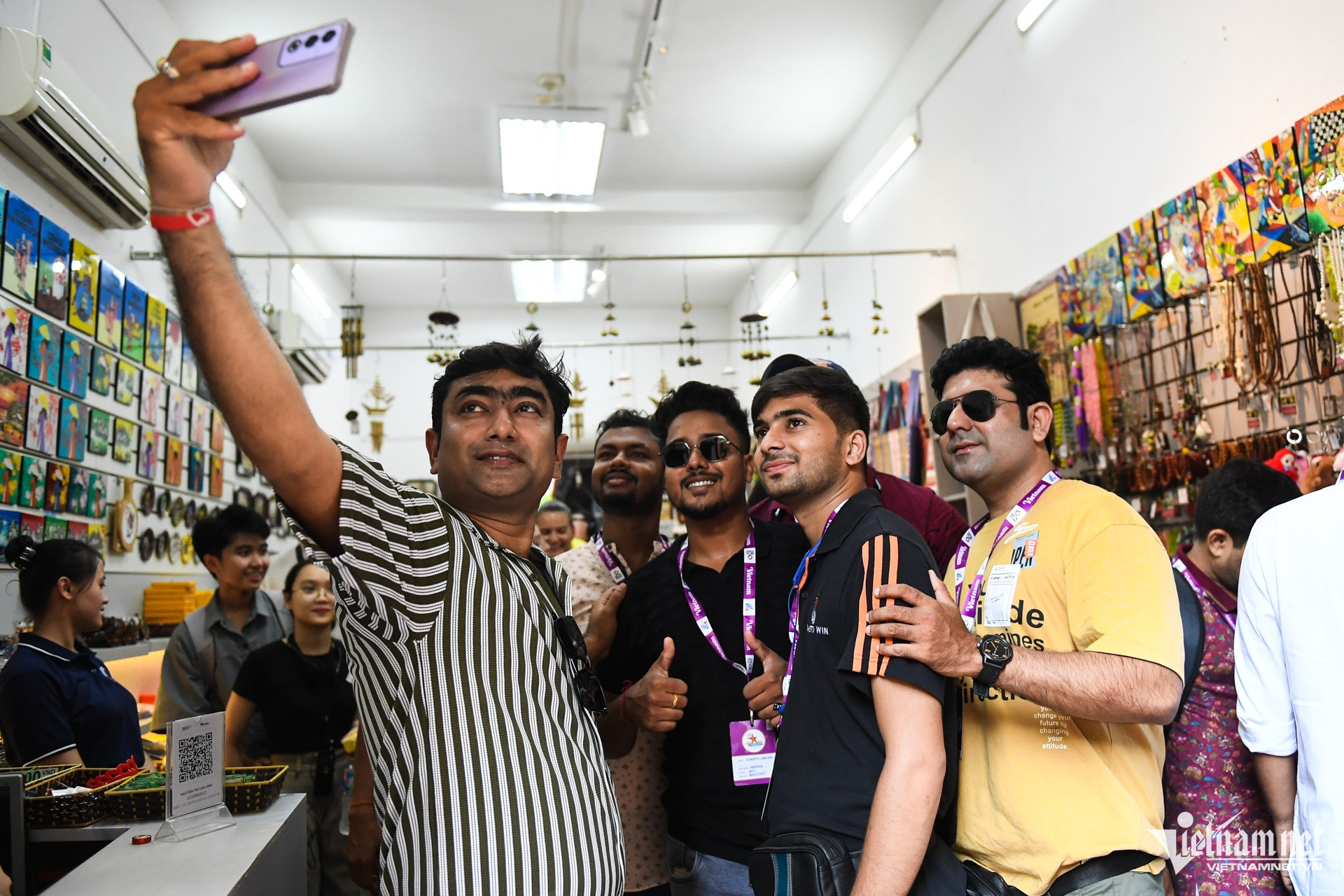
Vietnam is currently buzzing with the news of a 4,500-strong Indian tourist group - the largest from this market to date - visiting the country. The group is divided into multiple arrivals, touring Hanoi, Trang An (Ninh Binh), and Ha Long (Quang Ninh) from August 27 to September 3.
This significant visit presents a golden opportunity for Vietnam to showcase its renowned destinations while also serving as a critical test for the country's fledgling MICE (Meetings, Incentives, Conferences, Exhibitions) tourism sector.
Addressing the challenges of competitive pricing and revenue generation
Vu Quoc Tri, Secretary-General of the Vietnam Tourism Association, acknowledges that Vietnam is still in the early stages of MICE tourism development.
While the country has much to learn, it must also strategize for long-term professional growth, as MICE tourism is becoming a significant industry in many countries.
He considers the visit of 4,500 Indian tourists a "test case" that exposes several areas where Vietnam's tourism sector needs improvement.
Pham Ha, CEO of Lux Group, identifies key weaknesses in Vietnam's MICE tourism infrastructure. These include inadequate facilities to accommodate large groups, weak coordination between destinations and service providers, and the lack of a clear national MICE destination branding.
This lack of coordination often results in hesitancy from international partners when considering Vietnam for large MICE events.
Furthermore, despite hosting thousands of Indian tourists, the actual revenue generated remains modest due to competitive pricing pressures.
Lack of MICE destination branding
Among Vietnam's weaknesses, CEO Pham Ha emphasizes the absence of a strong MICE destination brand. Vietnam has yet to establish itself as a leading MICE destination in the eyes of international organizers, nor does it have a dedicated agency or department to address the specific needs of MICE clients.
In contrast, neighboring Thailand has long positioned itself as a top MICE destination in Asia. Thailand's success is built on strong connections between its Tourism Authority and service providers, coupled with effective promotion at international trade shows.
Despite Vietnam's natural advantages, such as an extensive coastline and international convention centers, it has not yet capitalized on these assets to become a prominent MICE destination.
Le Thi Hong Hanh, Director of Vietluxtour's Hanoi branch, echoes these sentiments, noting that when her company organizes MICE events in Thailand or Singapore, they benefit from comprehensive government support, including gifts for visitors and various logistical aids. She argues that developing Vietnam's MICE tourism sector requires similar government involvement and support.
Future prospects for Vietnam's MICE market
Trinh Le Anh, a lecturer in Tourism at the University of Social Sciences and Humanities, points out that while Vietnam is attracting MICE visitors due to its novelty, long-term success will require high-quality services, 4-5 star hotels, professional staff, and large conference facilities.
Post-COVID, Vietnam's tourism sector faces significant challenges, particularly in specialized human resources. There is currently no university offering in-depth MICE or event tourism training, further complicating efforts to grow this sector.
Vietnam's MICE market is poised for growth, both domestically and internationally, but the focus will likely be on attracting large Asian groups due to proximity and lower travel costs.
The Vietnam Tourism Association (VITA) and the Vietnam MICE Club (VMC) recently announced the 2024 MICE Expo, scheduled for September 27 at the National Convention Center. The event is expected to attract 500 businesses and 800 delegates, providing a platform for companies to showcase their products, discuss trends, and craft strategies to position Vietnam's MICE tourism on the global stage.
Ngoc Ha